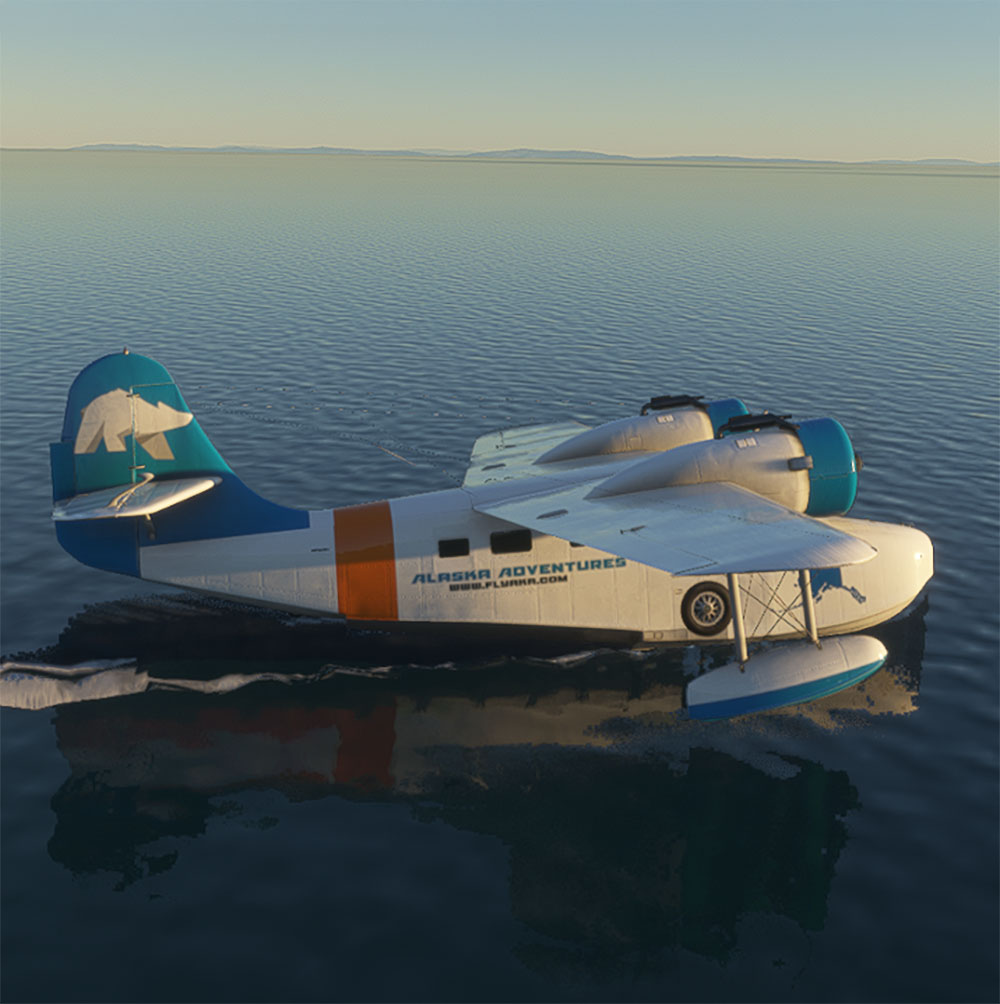Curtiss C-46 Commando

Aircraft Description
The Curtiss C-46 Commando is a low-wing, twin-engine aircraft derived from the Curtiss CW-20 pressurized high-altitude airliner design. Early press reports used the name "Condor III" but the Commando name was in use by early 1942 in company publicity.[2] It was used primarily as a cargo aircraft during World War II, with fold-down seating for military transport and some use in delivering paratroops. Mainly deployed by the United States Army Air Forces, it also served the U.S. Navy/Marine Corps, which called it R5C. The C-46 filled similar roles as its Douglas-built counterpart, the C-47 Skytrain, with some 3,200 C-46s produced to approximately 10,200 C-47s.
After World War II, a few surplus C-46 aircraft were briefly used in their original role as passenger airliners but the glut of surplus C-47s dominated the marketplace and the C-46 was soon relegated to cargo duty. The type continued in U.S. Air Force service in a secondary role until 1968. The C-46 continues in operation as a rugged cargo transport for arctic and remote locations with its service life extended into the 21st century.
Overall, the C-46 had been successful in its primary role as a wartime cargo transport and had benefited from a series of improvements. Like the C-47/DC-3, the C-46 seemed destined for a useful career as a postwar civilian passenger airliner and was considered for that by Eastern Airlines. However, the high operating costs of the C-46 (up to 50 percent greater than the C-47), soon caused most operators to change their minds and most postwar C-46 operations were limited to commercial cargo transport and then only for certain routes. One of the C-46's failings was the prodigious fuel consumption of its powerful 2,000 hp (1,500 kW) engines, which used fuel at a much higher rate than the C-47/DC-3. Maintenance was also more intensive and costlier. Despite these disadvantages, surplus C-46s were used by some air carriers, including Capitol Airways, Flying Tigers, Civil Air Transport and World Airways to carry cargo and passengers. Many other small carriers also eventually operated the type on scheduled and non-scheduled routes. The C-46 became a common sight in South America and was widely used in Bolivia, Peru, Brazil, Argentina and Chile, especially in mountainous areas (where a good climb rate and high service ceiling were required) or to overfly deep jungle terrain where ground transport was impracticable.




